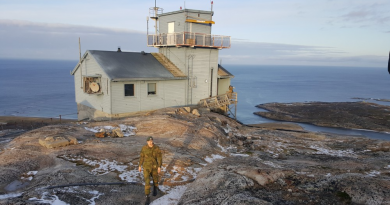Will Canada’s next government pick up the tab for a major northern highway project?
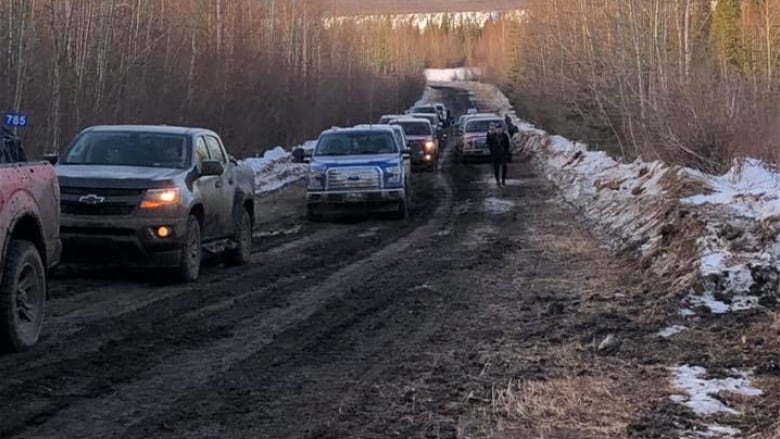
For six decades, it’s been the biggest project on the territory’s to-do list: a 1,500-kilometre highway from the N.W.T’s southern border to the shores of the Arctic Ocean.
Study after study have proposed timelines and cost schedules, only to sit waiting for a federal government willing to pick up the tab.
Now, seasons for barges and the winter road — vital for the resupply of communities in the Mackenzie Valley — are shorter and more temperamental than ever. The communities of the Sahtu region, faced with the possibility of territory-wide economic decline, are getting tired of waiting.
“For 50 years, the priority was the Mackenzie Valley Highway,” said Frank Pope, the mayor of Norman Wells. “Now, people are looking at the other roads…. I think we’re getting kicked off the table, more and more often.”
Under the 18th Assembly, road building projects were advanced in the Tlicho region and the Slave Geological Province.
They were sold as roads to resources — not oil and gas, like the hundred billion barrels in the Mackenzie Valley, but metals — and enough, perhaps, to lessen the impact of the territory’s closing diamond mines.
But the Mackenzie Valley Highway, a possible lifeline for the 2,600 residents of the Sahtu, saw only 14 kilometres of new all-season road built — a stretch from Norman Wells south.
“We just need this road for survival,” said Pope. “God knows what will happen when this next bunch of MLAs get in.”
A project on a grand scale
The Mackenzie Valley Highway (MVH) is “probably the longest-running standing issue for infrastructure in the Northwest Territories,” said Wally Schumann, the infrastructure minister in the last territorial government and a candidate for re-election in Hay River South.
Since it was first conceived as a nation-building project in 1958, the project has struggled to get off the ground.
The first real studies on a proposed route weren’t done until more than a decade later, in 1972. When the federal government finally began work on the segment north of Fort Simpson, they stopped construction 18 kilometres south of the first community along the route, Wrigley, and didn’t complete it until almost 20 years later.
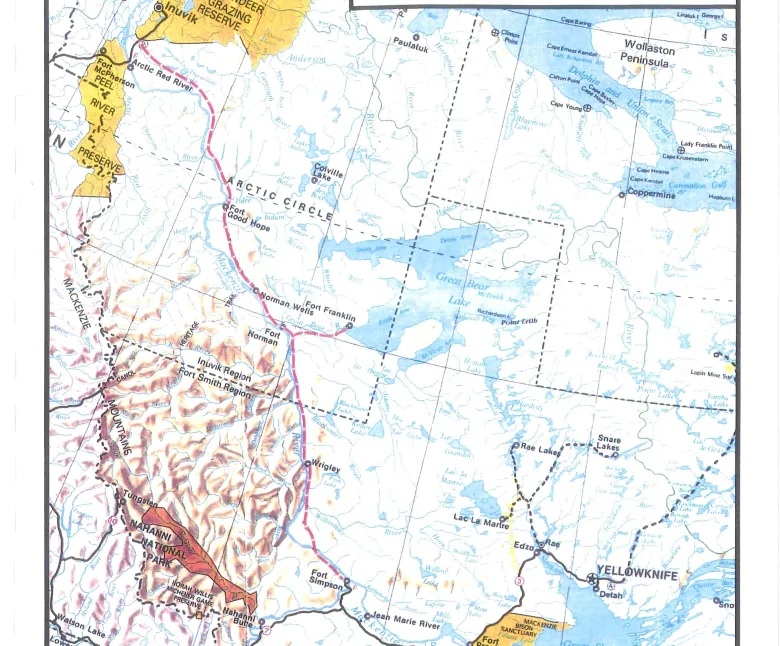
Part of the problem is scale. A 2014 proposal describes dozens of camps, built every 50 kilometres along the proposed route, housing hundreds of workers. Millions of cubic metres of gravel would need to be trucked or barged to the route, and new sources would need to be identified.
But the project’s vast scale has also been part of its appeal for legislators. It’s also been viewed as a means of bringing skilled employment to a beleaguered Sahtu economy.
“Communities of the Sahtu… face bleak economic prospects,” said a territorial report from 1995. “The Mackenzie Valley extension is an excellent vehicle for training and employment development.”
In 1992, the territory tabled a plan to construct 40 kilometres, at a cost of $20 million per year — a project that would guarantee employment for 20 years. But that project was never funded by the federal government.
More recently, the territorial government has estimated the construction of an all-season road from Fort Simpson to Norman Wells would create more than 14,000 jobs during construction, and 161 permanent maintenance jobs thereafter.
But despite a proposal in 2014 to begin construction last year, the $525 million requested of the federal government never materialized.
Now, the territory’s timelines say the earliest construction could begin is 2024 — and still, no one has claimed the $700-million tab.
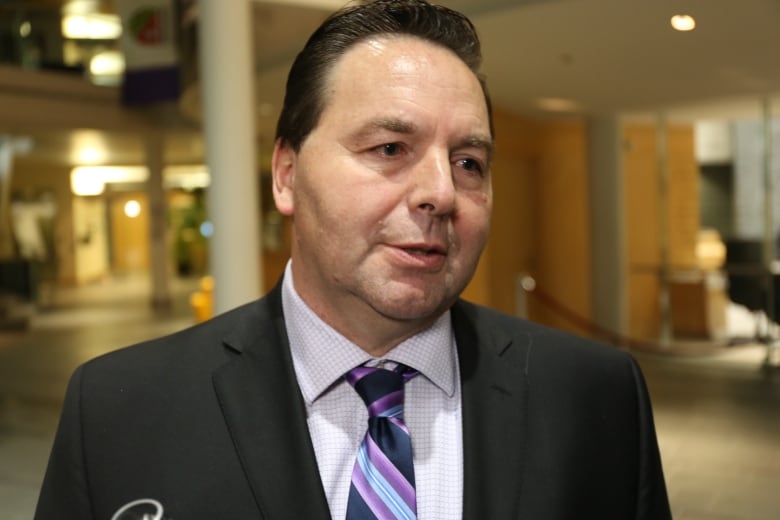
Piece-by-piece investment
“I don’t think the federal government had the appetite to just fund a whole project at once,” said Schumann. “So we broke it into segments.”
Under the 18th Assembly, the territorial government has advanced a series of smaller projects — paved roads to the middle of nowhere, like the 14-kilometre Canyon Creek extension south of Norman Wells and a forthcoming segment from Wrigley north to Mount Gaudet.
Partly, the short segments are to enable some progress while extensive environmental assessments are carried out along the route.
But smaller projects also enable smaller companies — like the local contractors who carry out maintenance on the winter road — to make bids, and train and employ local workers.
Schumann said that meant when the Canyon Creek road was built, “the majority of that money stayed in the Sahtu region.”
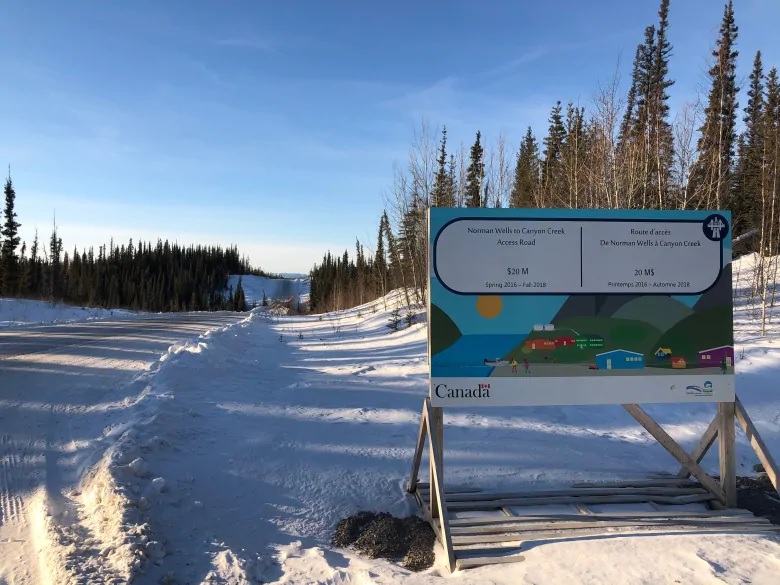
“It’s a prime example, similar to the [Inuvik] Tuktoyaktuk Highway” also completed under the 18th Assembly, Schumann said. “The amount of people that were trained, and the amount of money that was spent in those regions, [they] were definitely beneficial to both those regions.”
Mayor Pope says projects like the Canyon Creek road have become vital to local contractors as resource exploration work in the Sahtu has dried up.
“I think the companies that lost all of that work are relying on building sections of the Mackenzie Valley Highway,” he said. “That at least is keeping them in business.”
Northern communities left behind
But the territory’s shrinking vision risks leaving the route’s northernmost communities behind.
Since 2014, proposals have left out the route north of Norman Wells, which would connect the communities of Fort Good Hope and, potentially, Colville Lake with the Dempster Highway.
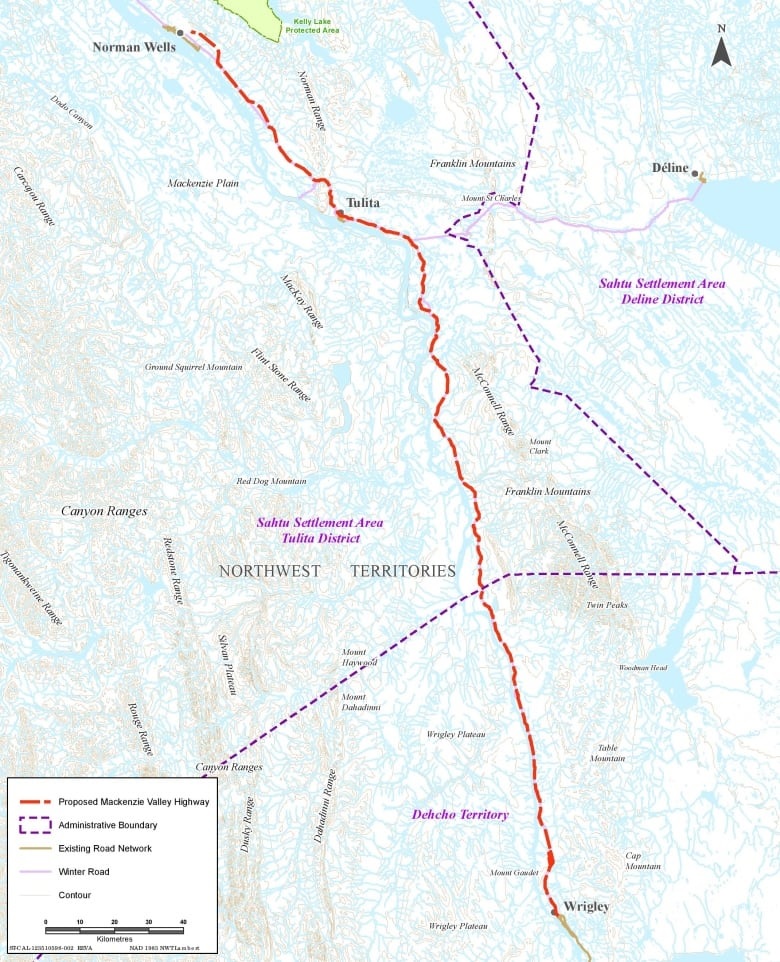
Those communities are closer to Inuvik than they are to Wrigley, where the all-season road network currently begins.
“We’re never on the radar,” said Joseph Kochon, the band manager for Behdzi Ahda First Nation in Colville Lake. “We kind of have to fend for ourselves, but that’s OK. It just gives us more brain power to continue fighting for our own future.”
Kochon said even a road to Norman Wells would bring the cost of living down considerably in the community, as goods could be reliably delivered overland much further up the valley.
But Kochon, too, is tired of waiting for progress.
“This is something almost 50 years in the [making], just talking and talking,” he said. “To see the reality would be a big improvement.”
That sentiment was echoed by Daniel Masazumi, the chief of Fort Good Hope. He said the community hasn’t seen significant investment in roads under the last assembly.
“We’re going to have to do things on our own, just like Colville Lake,” said Masazumi. “The MLA is not really an important role. At the end of the day, it all boils down to leadership taking a stand with their land corps… and taking things upon themselves to get things done.”
Related stories from around the North:
Canada: Construction of Tlicho all-season road in Northern Canada begins, CBC News
Finland: The Arctic railway: Building a future… or destroying a culture?, Eye on the Arctic special report
Norway: Railway linking Barents Sea coast to Arctic Finland not commercially viable, report says, The Independent Barents Observer
Russia: Murmansk supports building new road connection to Finland, The Independent Barents Observer
United States: U.S. government signs new land swap for Alaskan wildlife refuge road, Alaska Public Media



